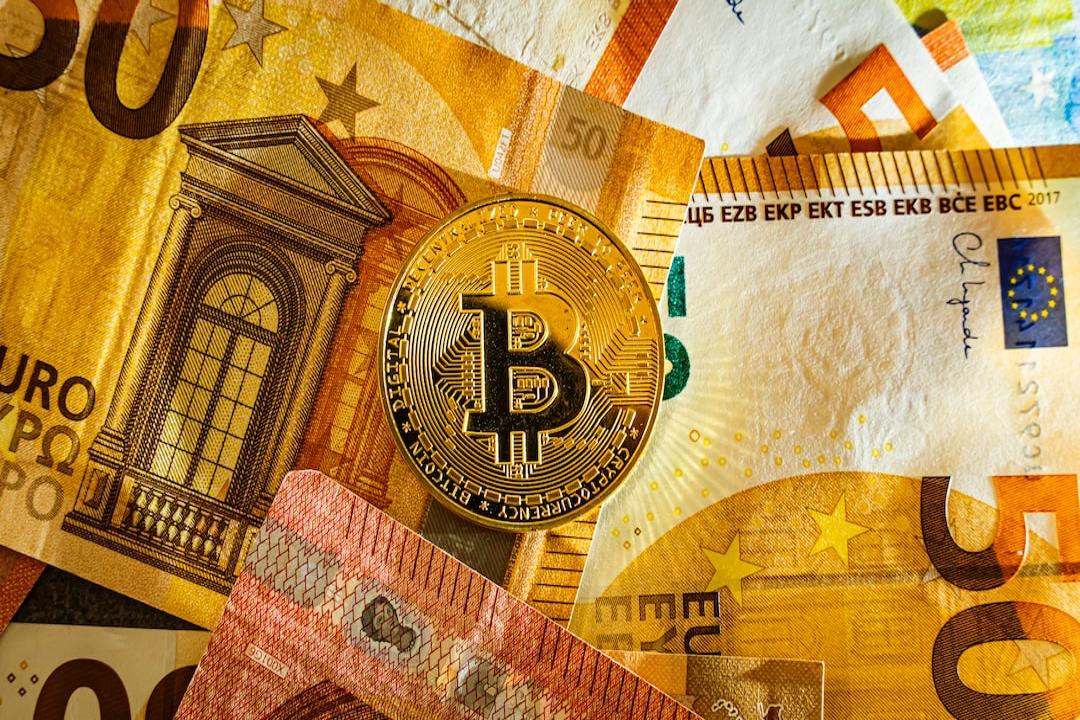Bitcoin (BTC) experienced a notable increase of 8.4% between May 15 and May 16, reaching a peak of $66,750, its highest level in three weeks. Although Bitcoin stabilized around $65,000, this price change signals a turnaround after BTC tested the $57,000 support on May 1. However, despite these gains, Bitcoin derivatives metrics indicate a lack of bullish sentiment.
One reason for Bitcoin investors’ disappointment could be the strong performance of traditional assets. The S&P 500 index reached an all-time high on May 16, with a total gain of 6% over 15 days. Similarly, gold gained 4% in the same period and is currently trading at $2,375, just 1% away from its highest closing price ever.
For Bitcoin to reclaim its highest closing price of $73,084, it would need to rally another 12%. However, this seems unlikely as the primary driver of price, spot Bitcoin exchange-traded funds (ETFs) inflows, has diminished. These ETFs attracted $12.1 billion in investments since their launch in January but have stagnated over the past two months.
The deteriorating regulatory environment, particularly in the U.S., may explain why investors are hesitant to purchase Bitcoin using derivatives despite its recent price strength. On May 6, U.S. Commodity Futures Trading Commission (CFTC) Chair Rostin Behnam warned of further enforcement actions against the crypto ecosystem in the next six months to two years.
Additionally, U.S. regulators have multiple ongoing cases against crypto firms, including Binance, Coinbase, and Kraken. Recent enforcement actions against privacy-focused services and broker-dealers like Robinhood have also contributed to the uncertainty. The lack of a clear legislative framework and jurisdictional clarity hinders the confidence of Bitcoin investors.
Furthermore, cryptocurrencies garnered negative media attention following the arrest of 193 individuals in China for money laundering using stablecoins. Authorities alleged that these individuals transferred $1.9 billion using stablecoins to smuggle items and make overseas investments. Additionally, a couple of U.S. Senators requested an investigation into the use of cryptocurrencies to fund terrorist organizations in the Middle East.
Despite Bitcoin’s rally above $66,000, its derivatives market remains stagnant. To gauge the sentiment of whales, one can analyze data from BTC futures markets. The long-to-short ratio of top traders on exchanges like OKX and Binance indicates a less optimistic stance compared to May 14, favoring bears over bulls.
To assess the appetite of retail traders, one should focus on perpetual futures or inverse swaps. The funding rate for Bitcoin perpetual futures has remained below 0.01% for the past month, indicating balanced demand between longs and shorts. This lack of confidence from retail traders persists even after the recent rally above $66,000.
Overall, investors are hesitant to place bullish bets due to ongoing regulatory uncertainty. However, if Bitcoin manages to break above $68,000, it could catch traders by surprise and potentially fuel a rally as there is room for bullish leverage. It is important for readers to conduct their own research and exercise caution when making investment decisions.

